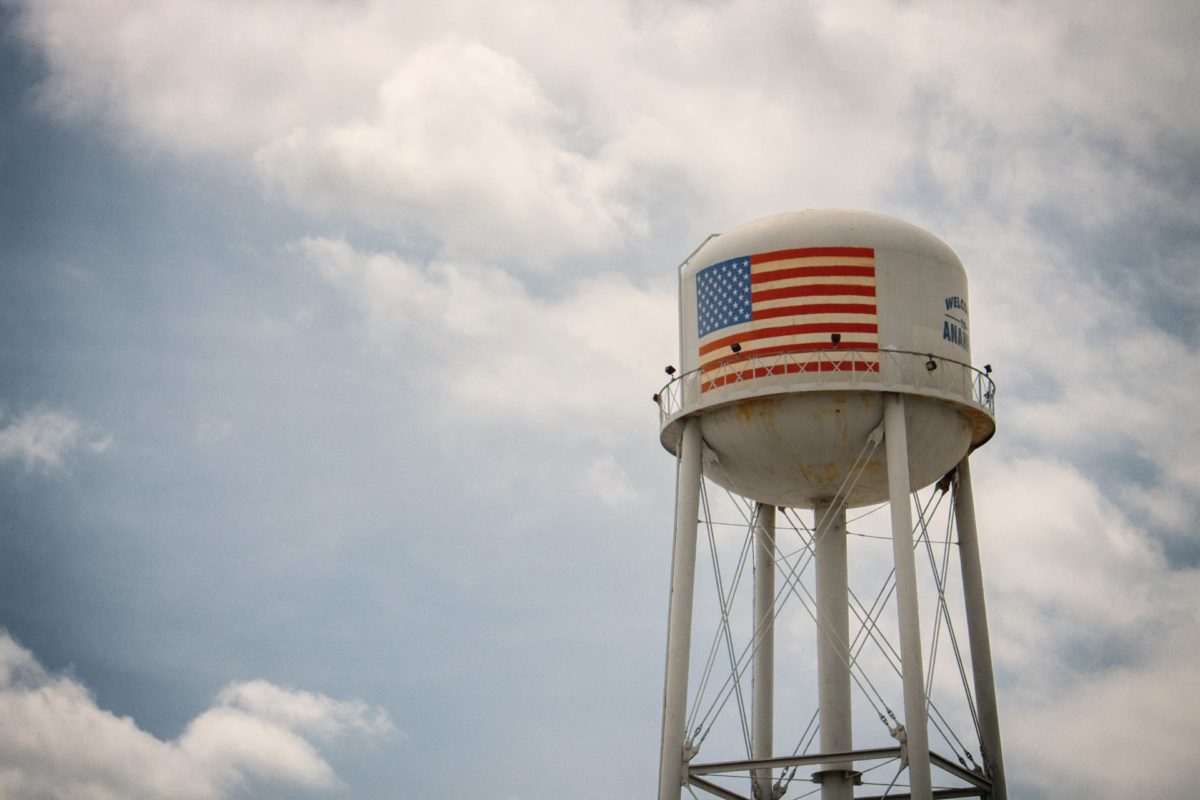Types of Water Storage Tanks for Municipalities

Posted on September 30, 2022 by Brent Phillips
No matter where you are, water is a vital resource used in homes, offices, schools, recreational facilities, and businesses for residential or commercial use. With a broad range of usages, 327 billion gallons of water are used daily in the United States.
With the aging infrastructure of many municipalities in North America, economic analysts expect the water storage system market to grow at a compound annual growth rate, or CAGR, of 4.4% through 2024. That means municipalities will need to invest significant amounts of capital in maintaining and repairing water storage tanks.
Leaving many city water managers looking at different types of water tanks for their municipalities. However limited the options may be, city water planners have a lofty responsibility to maintain an equilibrium of hydrostatic pressure to keep up with supply and demand.
Water Storage Tank Types
When selecting a water tank, a standard industry practice for water utilities has been to store water at capacity for peak usage times and in emergencies, regardless of the tank type. In an ideal situation, though, the water inside a storage tank should fluctuate daily to cycle through the water to avoid water stagnation or contamination.
Ultimately, the size of the storage facility will come down to elevation, diameter, and height for any type of water tank.
- Standpipe tower
- Composite elevated tank
- Spheroid Tank
Standpipe Tower
The standpipe tower is a low-capacity design for elevated water storage. As the name implies, it is a pipe turned on its end so it’s positioned vertically. The design is often cost-effective and takes up less real estate for the volume of water it holds. For example, a standpipe of 72 feet with a diameter of 47 feet commonly holds a million gallons of water.
Although the low upfront cost makes this an appealing choice for municipalities, the design does come with challenges. The most common problem arises from the shape of the water storage tank, which lends itself to thermal stratification, which can form sweat marks outside the water tower. Those marks can lead to irregular corrosion and may require frequent NACE inspections.
Composite Elevated Tank
A long-term, cost-effective choice is the composite elevated tank. The design of this water tower places a steel tank supported by a slender concrete pedestal with an internal ladder and storage system. These tank designs can hold anywhere from 500,000 to 3 million gallons of water.
While some manufacturers offer anti-graffiti coatings to the pedestal exterior, it can drive up the cost of construction. However, many municipalities might find a budget-friendly solution by talking with coating experts about different coating applications.
Spheroid Tank
Finally, the spheroid tank is a mid-sized water tank design that holds anywhere from 200,000 to 500,000 gallons. As the name implies, it is smooth, often appearing as a single pedestal that transitions seamlessly into a spherical shape.
An ideal design that shields the water volume from external weather conditions. However, the column does not have an internal access point or any internal storage facility.
Water Tank Inspections and Coatings
No matter what type of water asset your municipality has, it’s essential to safeguard the future of that vital resource with regular NACE inspections and tower maintenance. To help you prioritize your city’s water asset management, contact the team at Cunningham today by calling (620) 848-3030.
Their team of NACE Inspectors can comprehensively assess the state of your water tower–inside and out. In addition, they can provide you with an SD card that contains full-length video footage using their state-of-the-art remotely operated vehicle for internal inspection.
If your tank coatings are in need of repair due to corrosion, the team at Cunningham can also perform the epoxy coatings inside your water tower. In addition, they can apply an external protective surface coating and design that drives community appeal while functioning as a town billboard.